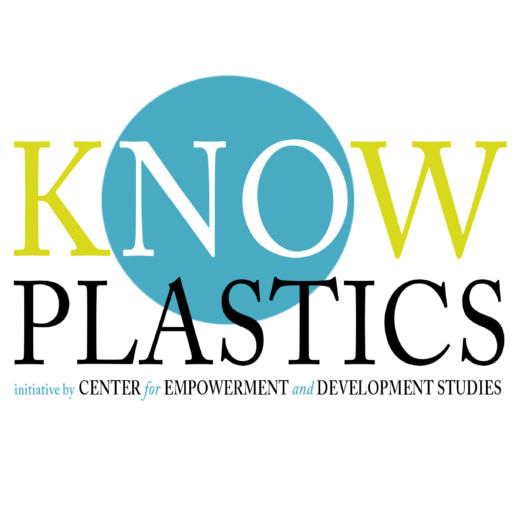As we discussed in the previous article, not all types of plastics are created equally. The number within the recycling symbol on plastic containers, known as an SPI Code, provides information about the safety and recyclability of each plastic-type. Understanding these codes will help us know how to sort out used plastic for recycling.
This article is 2nd part that discusses three more types of plastic and their recyclability:
LDPE (Low-Density Polyethylene)
LDPE has the simplest structure of all the polymers, it is easy to manufacture. As a result, it commonly comes in use for a variety of bags, plastic wrap, frozen food containers, and squeezable bottles. It is clean and safe plastic. More recycling programs are beginning to accept LDPE plastics, but it’s still quite difficult to recycle. Recycled LDPE is made into such items as garbage cans, paneling, furniture, flooring, and bubble wrap.
PP (Polypropylene)
PP, which was discovered in 1951 at a petroleum business, is a strong, robust material that can tolerate high temperatures. Tupperware, car parts, thermal vests, yogurt containers, and even disposable diapers contain it. This is because it’s considered safe plastic. While it is recyclable, it is discarded far more frequently. Pallets, ice scrapers, rakes, and battery cables are all made from it.
PS (Polystyrene)
PS, sometimes known as Styrofoam, was accidentally discovered in Germany in 1839. It is a common plastic that is found in drink cups, insulation, packaging materials, egg cartons, and throwaway tableware. These plastics are inexpensive and simple to make. It’s risky, too, because Styrofoam is known for seeping dangerous chemicals, especially when heated, and for being difficult to recycle. It’s normally discarded, like PP, however, certain recycling programs accept it. Recycled PS is used to make insulation, school materials, and license plate frames, among other things.


